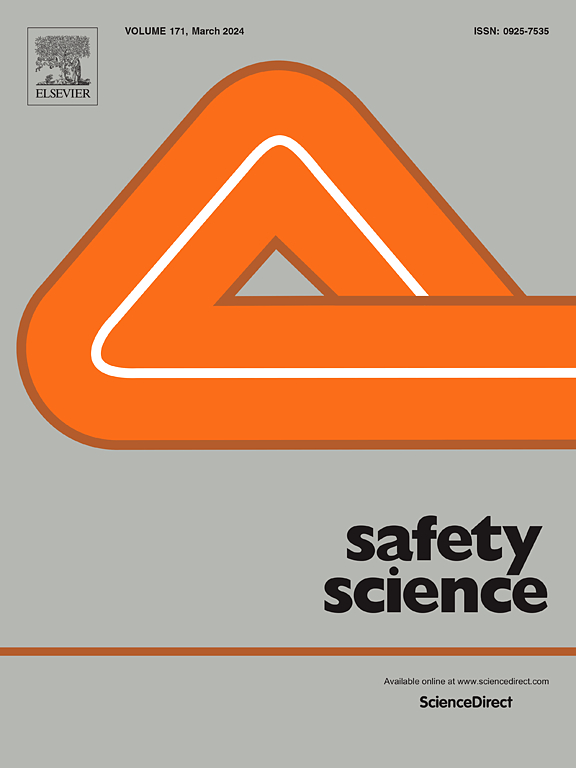幼儿园消防疏散演练的现状
IF 5.4
1区 工程技术
Q1 ENGINEERING, INDUSTRIAL
引用次数: 0
摘要
消防演习是一种常用的训练方法,用于提高人们在紧急情况下的反应能力。本文涉及幼儿教育设施的消防演习,并分析了从1151所捷克幼儿园(23.5%的幼儿园受邀参加,21.5%的幼儿园在捷克正式注册)的在线调查中收集的数据。它为提高幼儿园消防演习的有效性提供了建议。结果表明,定期(通常是每年一次)的消防演习是这些学校的常见训练实践,但更频繁的消防演习导致疏散期间的问题明显减少。根据我们的数据,在消防演习中遇到的最常见的疏散问题是行动缓慢。许多孩子需要帮助,尤其是在楼梯上;仅位于一楼的幼儿园在疏散期间报告的问题比其他学校少。我们的研究证实了之前的研究结果,消防演习的目的、设计和实施必须适当地整合到复杂和系统的消防安全教育计划中,具体反映学龄前儿童的特点、需求和可能的局限性。本文章由计算机程序翻译,如有差异,请以英文原文为准。
The status quo of fire evacuation drills in nursery schools
Fire drills are a commonly-used training method for improving how people act in emergency situations. This article deals with fire drills in early childhood education facilities and analyses data gathered from an online survey of 1 151 Czech nursery schools (23.5% of nursery schools invited to participate, 21.5% of all officially registered nursery schools in Czechia). It provides recommendations for improving the effectiveness of fire drills in nursery schools. Results suggest that regular (typically annual) fire drills are common training practices at these schools, but more frequent fire drills led to significantly fewer issues during evacuation. The most frequent evacuation issue encountered during fire drills, according to our data, was slow movement. Many children needed assistance, notably on stairs; nursery schools located only on the ground floor reported fewer issues during evacuation than other schools. The purpose, design, and implementation of fire drills with our study confirming results from prior studies must be properly integrated into complex and systematic fire safety education programs that specifically reflect the characteristics, needs, and possible limitations of preschool children.
求助全文
通过发布文献求助,成功后即可免费获取论文全文。
去求助
来源期刊

Safety Science
管理科学-工程:工业
CiteScore
13.00
自引率
9.80%
发文量
335
审稿时长
53 days
期刊介绍:
Safety Science is multidisciplinary. Its contributors and its audience range from social scientists to engineers. The journal covers the physics and engineering of safety; its social, policy and organizational aspects; the assessment, management and communication of risks; the effectiveness of control and management techniques for safety; standardization, legislation, inspection, insurance, costing aspects, human behavior and safety and the like. Papers addressing the interfaces between technology, people and organizations are especially welcome.
 求助内容:
求助内容: 应助结果提醒方式:
应助结果提醒方式:


